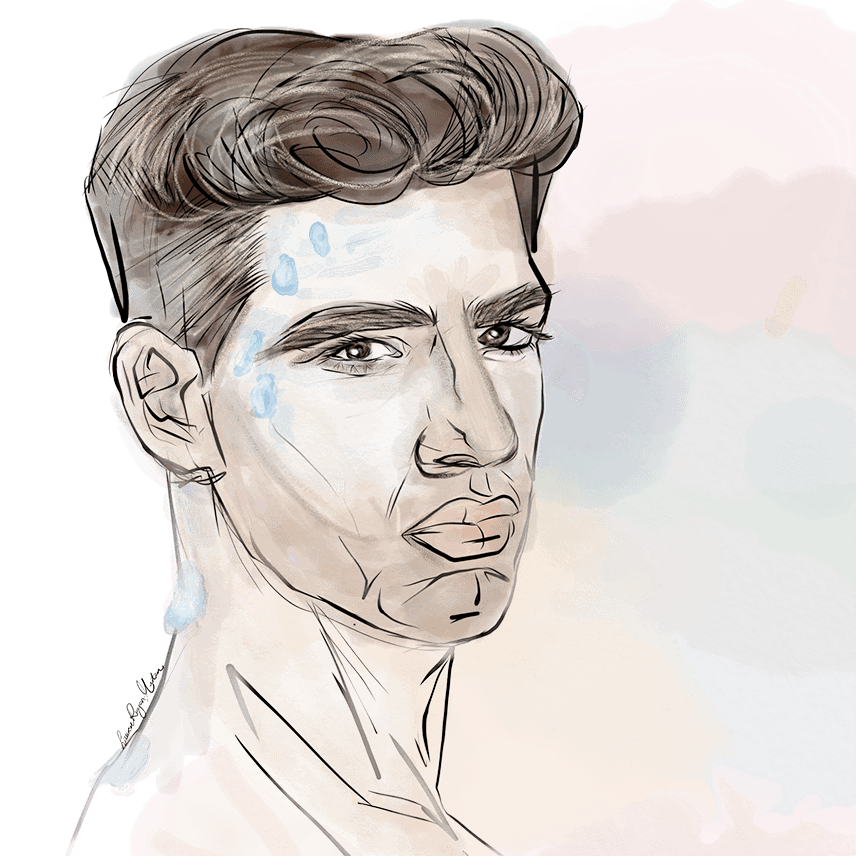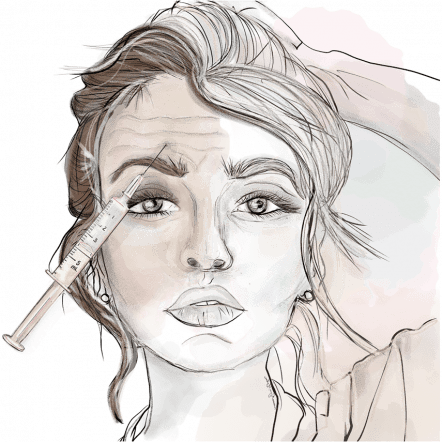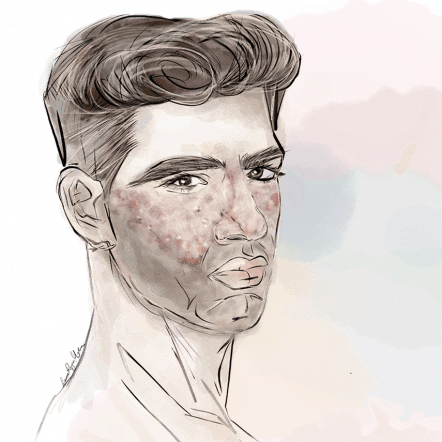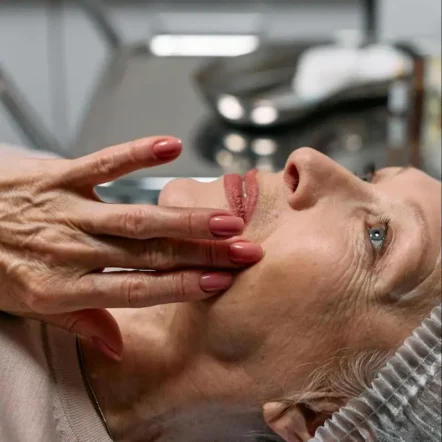

Condition
Excessive Sweating
What is Hyperhidrosis?
Hyperhidrosis is the term that is used to describe excessive sweating.
Both men and women can be troubled by this concern, which most often occurs on the palms of the hands, soles of the feet and under the arms. There is no particular age at which excessive sweating can develop, and it often occurs impulsively. Many people who are affected by hyperhidrosis can find the concern embarrassing and take steps to conceal damp patches on clothing. It is not unusual for excessive sweating to also be accompanied by an unwanted odour.
What are the causes?
Hyperhidrosis is simply caused by the sebaceous glands producing and secreting too much moisture, or sweat. This overproduction can be associated with a range of causes, including: stress, hormone fluctuations, anxiety and overactive sweat glands. Sweating usually occurs naturally and is an essential function of the body when it needs to cool down. For those who experience excessive sweating, it can happen frequently and irrespective of the body’s temperature. The sebaceous glands are controlled by hormones. Hormone levels can change when a person is feeling nervous (as well as during menopause), triggering a response from the sebaceous glands that means we start to perspire.
Overactive sweat glands can also be a symptom of certain medical conditions, such as: diabetes, low blood sugar, nervous system disorders, infections and thyroid issues.

What is Hyperhidrosis?
Hyperhidrosis is the term that is used to describe excessive sweating.
Both men and women can be troubled by this concern, which most often occurs on the palms of the hands, soles of the feet and under the arms. There is no particular age at which excessive sweating can develop, and it often occurs impulsively. Many people who are affected by hyperhidrosis can find the concern embarrassing and take steps to conceal damp patches on clothing. It is not unusual for excessive sweating to also be accompanied by an unwanted odour.
What are the causes?
Hyperhidrosis is simply caused by the sebaceous glands producing and secreting too much moisture, or sweat. This overproduction can be associated with a range of causes, including: stress, hormone fluctuations, anxiety and overactive sweat glands. Sweating usually occurs naturally and is an essential function of the body when it needs to cool down. For those who experience excessive sweating, it can happen frequently and irrespective of the body’s temperature. The sebaceous glands are controlled by hormones. Hormone levels can change when a person is feeling nervous (as well as during menopause), triggering a response from the sebaceous glands that means we start to perspire.
Overactive sweat glands can also be a symptom of certain medical conditions, such as: diabetes, low blood sugar, nervous system disorders, infections and thyroid issues.



























































